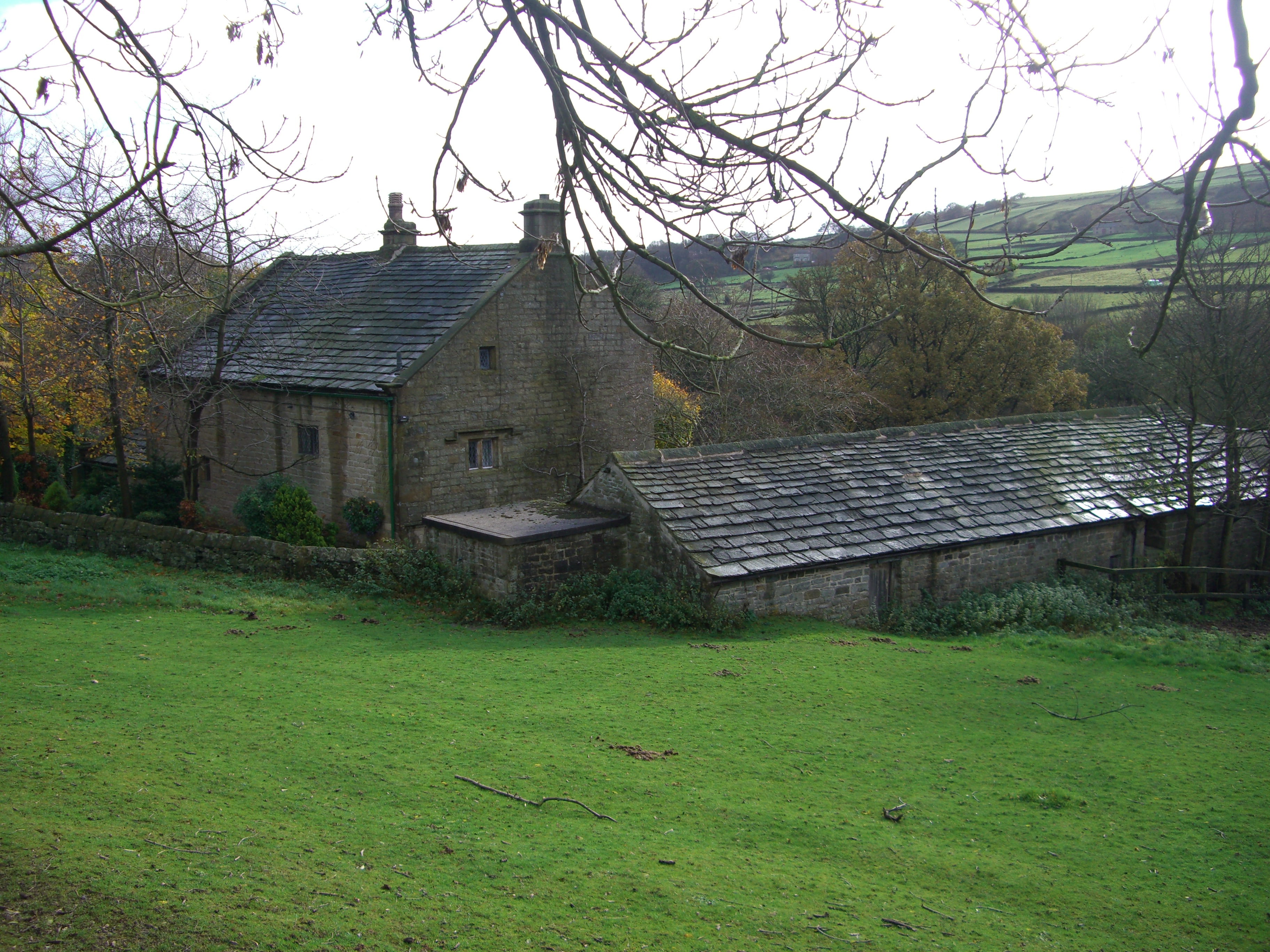Fair House Farmhouse on:
[Wikipedia]
[Google]
[Amazon]
 Fair House Farmhouse is a 17th-century building situated on Annet Lane in the village of
Fair House Farmhouse is a 17th-century building situated on Annet Lane in the village of
Lists all listed buildings in Sheffield.
Gives details of Sheffield Flood.
Low Bradfield
Low Bradfield is a village within the civil parish of Bradfield in South Yorkshire, England. It is situated within the boundary of the city of Sheffield in the upper part of the Loxley Valley, 6¼ miles west-northwest of the city centre and ...
within the boundary of the City of Sheffield
Sheffield is a city status in the United Kingdom, city in South Yorkshire, England, whose name derives from the River Sheaf which runs through it. The city serves as the administrative centre of the City of Sheffield. It is Historic counties o ...
in South Yorkshire
South Yorkshire is a ceremonial and metropolitan county in the Yorkshire and Humber Region of England. The county has four council areas which are the cities of Doncaster and Sheffield as well as the boroughs of Barnsley and Rotherham.
In N ...
, England. The farmhouse is a Grade II* Listed Building
In the United Kingdom, a listed building or listed structure is one that has been placed on one of the four statutory lists maintained by Historic England in England, Historic Environment Scotland in Scotland, in Wales, and the Northern Irel ...
while the stable
A stable is a building in which livestock, especially horses, are kept. It most commonly means a building that is divided into separate stalls for individual animals and livestock. There are many different types of stables in use today; the ...
and garage buildings immediately to the west of the main house are Grade II listed. Sheffield Council website.Lists all listed buildings in Sheffield.
History and architecture
Fair House Farmhouse is believed to date from the 1630s and was originally called Swinden House, panelling within the house has the date 1687 on it.''"Around Bradfield, Loxley and Hillsborough"'', Malcolm Nunn, , State house was built in 1630s and was originally called Swinden House. The house is constructed in the locally availablegritstone
Gritstone or grit is a hard, coarse-grained, siliceous sandstone. This term is especially applied to such sandstones that are quarried for building material. British gritstone was used for millstones to mill flour, to grind wood into pulp for pa ...
which has been dressed into coarse, squared blocks while the roof is of stone slates. The farmhouse consists of three storeys with most of the windows being at the front of the house which unusually faces away from the road (Annet Lane) and looks out over the valley of the Dale Dike. The ground floor of the front of the house consists of two large four light windows with the entrance door at the west end. The first floor also has two windows of similar size and design to the ground floor while the second storey has four smaller windows. The sides and rear of the house have only occasional small windows.
The interior has much of the original panelling to the walls and doors intact, the ground floor has a bressummer
A bressummer, breastsummer, summer beam (somier, sommier, sommer, somer, cross-somer, summer, summier, summer-tree, or dorman, dormant tree) is a load-bearing beam in a timber-framed building. The word ''summer'' derived from sumpter or French s ...
beam. There is a stone staircase to the first floor and an oak
An oak is a tree or shrub in the genus ''Quercus'' (; Latin "oak tree") of the beech family, Fagaceae. There are approximately 500 extant species of oaks. The common name "oak" also appears in the names of species in related genera, notably ''L ...
staircase with a blustered rail to the second. Gives details of farmhouse.
The outbuildings are detached from the main house and run at right angles to it on its western side. They are approximately 12 metres in length and slope down to the valley of the Dale Dike, so much so that the downhill end of the building has two storeys while the uphill end has only one. The building materials are the same as the main house, being gritstone blocks and stone slate and the mainstay of the building is believed to be 17th century. However, there have been some changes to the original design with a large boarded double door being added and resulting changes to the stonework to make a garage. There have also been some modifications to some of the other openings. Gives details of outbuildings.
Great Sheffield flood
Fair House Farmhouse managed to survive theGreat Sheffield Flood
The Great Sheffield Flood was a flood that devastated parts of Sheffield, England, on 11 March 1864, when the Dale Dyke Dam broke as its reservoir was being filled for the first time. At least 240 people died and more than 600 houses were da ...
of 1864 when the dam wall of the Dale Dyke Dam fractured sending millions of gallons of water down the valley. The original dam wall stood just over a kilometre to the west of the house, there was great devastation in Low Bradfield but Fair House survived because it is in a slightly elevated position approximately 20 metres higher than the Dale Dike. Nearby stone built structures such as Annet House and Annet Bridge which stood by the Dike were completely swept away. Mick Armitage‘s Sheffield Flood website.Gives details of Sheffield Flood.
References
{{SheffieldStructures Houses completed in the 17th century Houses in Sheffield Grade II* listed buildings in Sheffield Farmhouses in England Grade II* listed houses